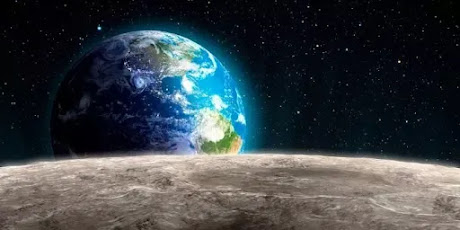Without Earth's Moon, there would be no way of creating calendars and keeping track of time and date.
The Moon is essential to our existence; without it, we wouldn’t have as strong (if any) tides.
There would be no eclipses or a way of creating calendars to keep track of time. We keep track of time through the different types of the Moon.
Did you know that there are eight different types of Moon within a lunar cycle?
We have all heard of a Blue Moon, Full Moon, and maybe even a Blood Moon, but what does it all mean?
Below are all the different types of the Moon that we commonly use.
In primitive lunar calendars, intercalation was often achieved by taking alternately months of 29 and 30 days. When, in order to keep dates in step with the seasons, a solar calendar was adopted, some greater difference between the months and the Moon’s phases was bound to occur. And the solar calendar presented an even more fundamental problem—that of finding the precise length of the tropical year. Observations of cyclic changes in plant or animal life were far too inaccurate, and astronomical observations became necessary. Since the stars are not visible when the Sun is in the sky, some indirect way had to be found to determine its precise location among them. In tropical and subtropical countries it was possible to use the method of heliacal risings. Here the first task was to determine the constellations around the whole sky through which the Sun appears to move in the course of a year. Then, by observing the stars rising in the east just after sunset it was possible to know which were precisely opposite in the sky, where the Sun lay at that time. Such heliacal risings could, therefore, be used to determine the seasons and the tropical year. In temperate countries, the angle at which stars rise up from the horizon is not steep enough for this method to be adopted, so that there wood or stone structures were built to mark out points along the horizon to allow analogous observations to be made.


No comments:
Post a Comment